Archives
- 2025-11
- 2025-10
- 2025-09
- 2025-04
- 2025-03
- 2025-02
- 2025-01
- 2024-12
- 2024-11
- 2024-10
- 2024-09
- 2024-08
- 2024-07
- 2024-06
- 2024-05
- 2024-04
- 2024-03
- 2024-02
- 2024-01
- 2023-12
- 2023-11
- 2023-10
- 2023-09
- 2023-08
- 2023-06
- 2023-05
- 2023-04
- 2023-03
- 2023-02
- 2023-01
- 2022-12
- 2022-11
- 2022-10
- 2022-09
- 2022-08
- 2022-07
- 2022-06
- 2022-05
- 2022-04
- 2022-03
- 2022-02
- 2022-01
- 2021-12
- 2021-11
- 2021-10
- 2021-09
- 2021-08
- 2021-07
- 2021-06
- 2021-05
- 2021-04
- 2021-03
- 2021-02
- 2021-01
- 2020-12
- 2020-11
- 2020-10
- 2020-09
- 2020-08
- 2020-07
- 2020-06
- 2020-05
- 2020-04
- 2020-03
- 2020-02
- 2020-01
- 2019-12
- 2019-11
- 2019-10
- 2019-09
- 2019-08
- 2019-07
- 2019-06
- 2019-05
- 2019-04
- 2018-07
-
Protein phosphorylation is an important posttranslational me
2024-03-18

Protein phosphorylation is an important posttranslational mechanism for the regulation of distribution, trafficking, and function of modified proteins (Wang et al., 2014). GluA1 phosphorylation at S845 also has functional consequences (Lu and Roche, 2012). For instance, S845 phosphorylation drove tr
-
br The role of apelin
2024-03-18
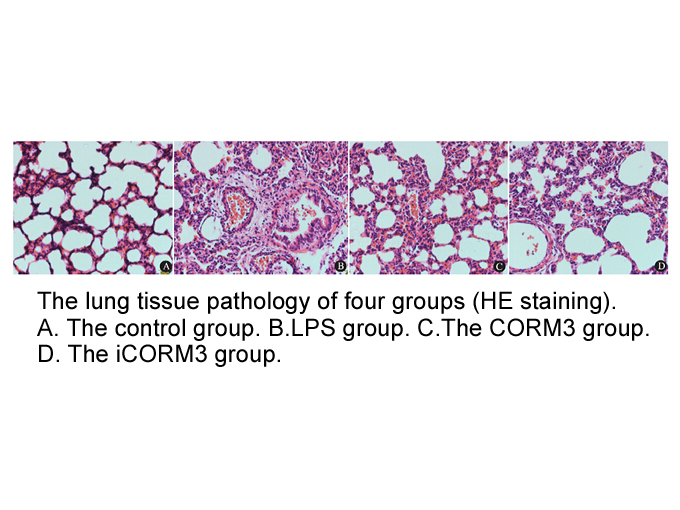
The role of apelin in respiratory diseases At present, several scientific studies have suggested that the apelin/APJ system may play an important role in the development of pulmonary diseases (Table 4). For example, in an experiment on rats suffering from acute lung injury, apelin-13 decreases t
-
Introduction Antimicrobial resistance is a growing health th
2024-03-18
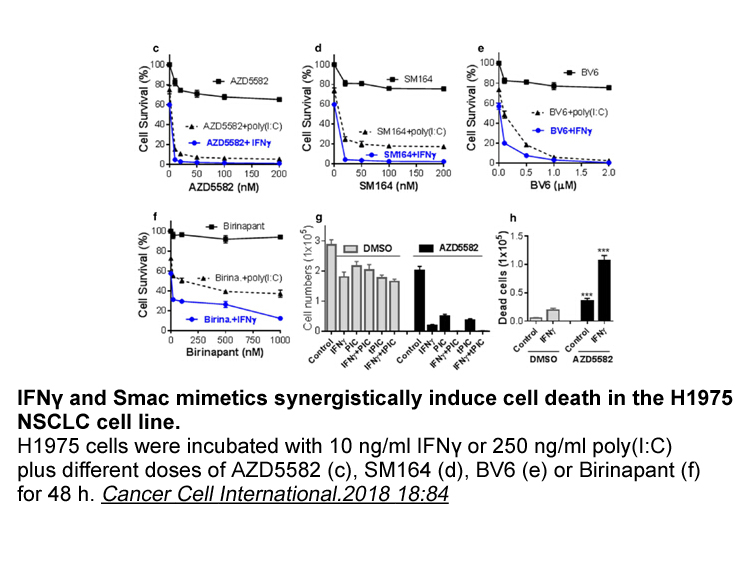
Introduction Antimicrobial resistance is a growing health threat worldwide that has been associated with incorrect prescription and overuse of Kasugamycin hydrochloride [1]. Considering that physicians play a central role in antibiotic usage, a better understanding of their prescribing behaviours
-
br Concluding Remarks and Future
2024-03-18
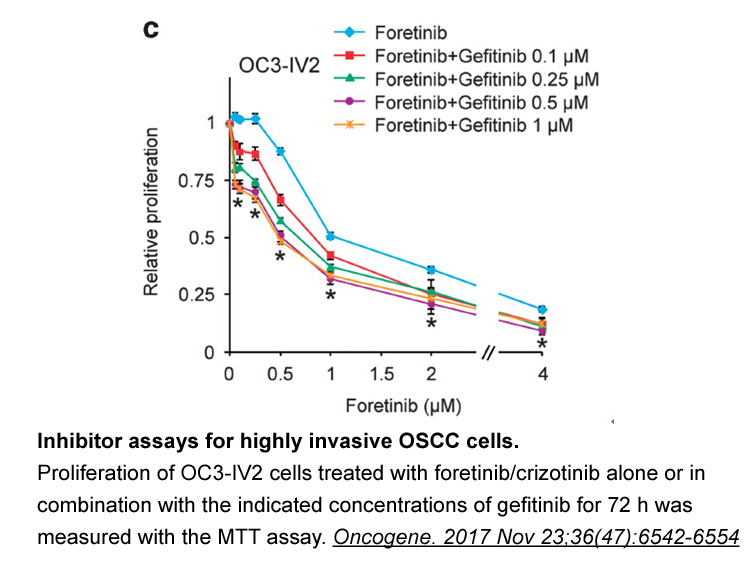
Concluding Remarks and Future Perspectives Herein, we have highlighted our current understanding of the role of the LKB1-AMPK pathway and its related kinases in β cell biology. β cell-specific genetic models have been particularly useful in delineating precise roles for individual family members
-
In this report we introduce a new method
2024-03-18
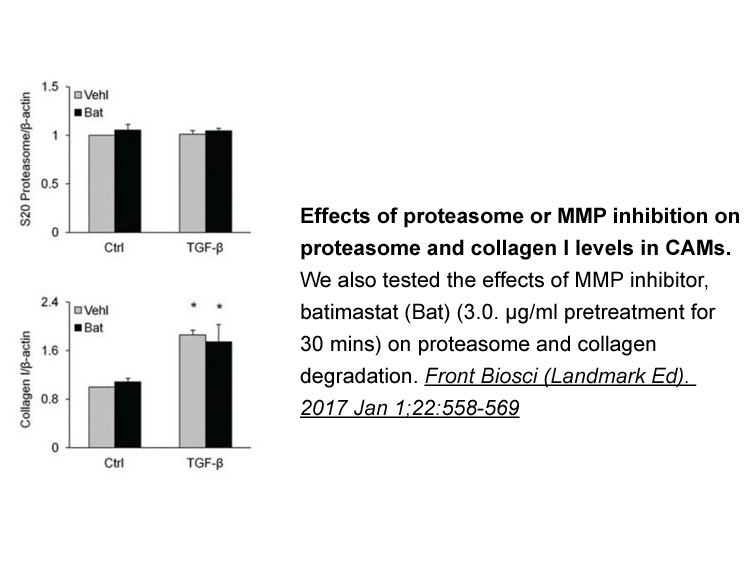
In this report, we introduce a new method for identifying aminopeptidases. Because single substrates can be insufficient for enzyme identification, we used an entire library of substrates to obtain more information about enzyme activity and to directly detect aminopeptidases. Moreover, substrates ca
-
SNS-314 Mesylate Women are usually at risk of sleep deprivat
2024-03-18
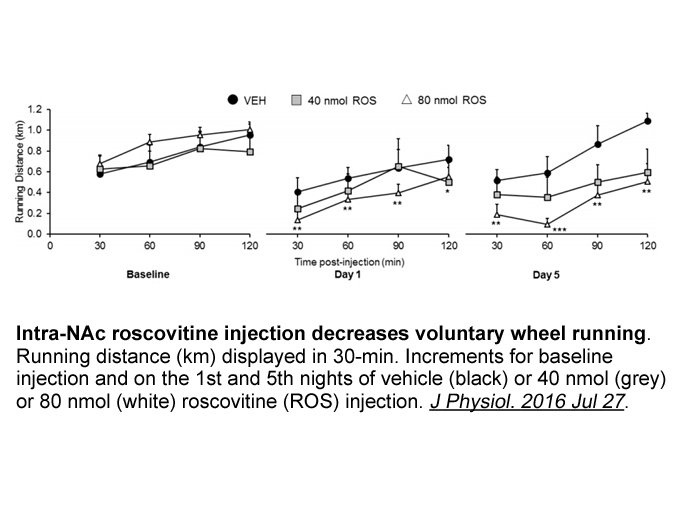
Women are usually at risk of sleep deprivation or restriction during pregnancy, especially in the third trimester of gestation, due to the pregnancy-associated anatomic, physiological and hormonal changes (Pien and Schwab, 2004). However, several major SNS-314 Mesylate developmental events, such as
-
Asparagine synthetase ASNS is a glutamine amidotransferase t
2024-03-18

Asparagine synthetase (ASNS) is a glutamine amidotransferase that catalyzes ATP-dependent synthesis of asparagine and glutamate from aspartate and glutamine. Upregulation of ASNS expression renders leukemia cells resistant to l-asparaginase treatment, and ASNS is essential for cell survival in the a
-
In this article we have outlined the increasing
2024-03-18

In this article, we have outlined the increasing, as yet still circumstantial evidence that the 6TM domains of bacterial ACs might operate as receptors for as yet unknown ligands. Intriguingly, several architectural arguments are also applicable to the 6TM domains of mammalian membrane-bound ACs (mA
-
The results also showed that the A receptor
2024-03-18
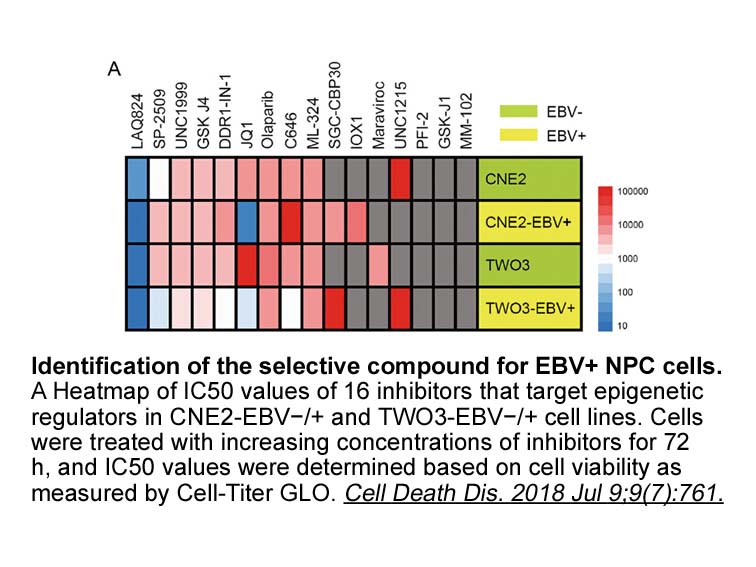
The results also showed that the A3 receptor agonist increased the phosphorylated levels of Akt, leading to activation of the PI3K/Akt pathway. A3 fk866 australia stimulation has protective effects against RGC death following ischemia-reperfusion, glutamate toxicity, and optic nerve transection mod
-
chloride channels The synthetic route to M developed
2024-03-16

The synthetic route to M100907 developed by Rice was utilized, however, the chiral resolution was carried out at an earlier stage to provide the possibility of introducing different substituents onto the piperidinyl group. The conditions for this resolution were different from previously reported.
-
nk1 antagonist br Acknowledgements This work was
2024-03-16

Acknowledgements This work was supported by the FedEx Institute of Technology at The University of Memphis (to DLB and ALP), NSF REU CHE 1156738 (to ALP in support of RSS), and NIHCA921060 (to GT). This material is based upon work supported by the National Science Foundation under Grant No. CHE-1
-
The molecular mechanisms involved in the pathogenesis of
2024-03-16
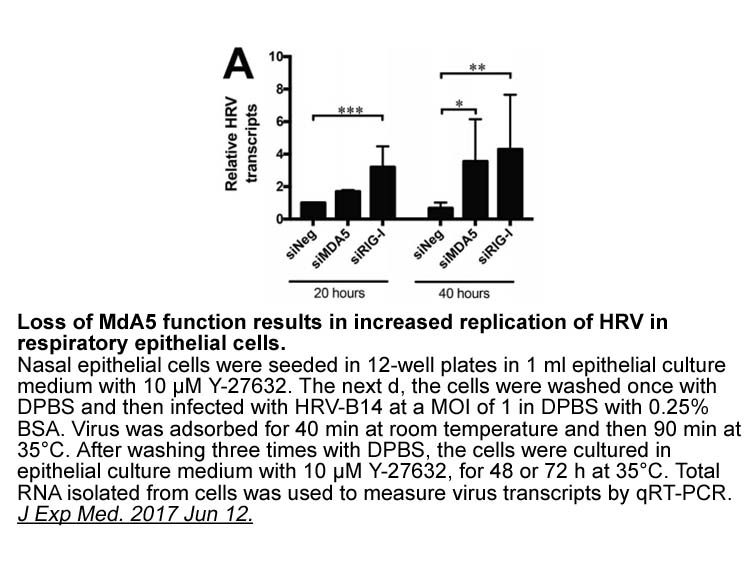
The molecular mechanisms involved in the pathogenesis of cholestatic pruritus remain unknown [45], [46]. Indeed, there has been an enormous effort at understanding the etiology of PBC-related pruritus, including work at the cellular and molecular level, but such efforts have not been translated into
-
br Innate immune mechanisms that confront
2024-03-16

Innate immune mechanisms that confront viral infection Autophagy induction by virus sensing Antiviral xenophagy and virophagy The presence of viral particles within autophagosomal structures has been visualized in only rare instances. This is the case for HSV-1 when it is devoided of ICP34.
-
Therefore we have further investigated the anti oxidant acti
2024-03-16

Therefore, we have further investigated the anti-oxidant activity of isogarcinol in vitro by measuring the scavenging of 2,2′-diphenyl-1-1picrylhydrazyl (DPPH) and 2,2′-azino-bia (3-ethylben-zothiazoline-6-sulphonicacid) (ABTS), and determining its reducing power and ability to prevent lipid peroxid
-
br The lipoxygenase pathway in vascular physiology and
2024-03-16
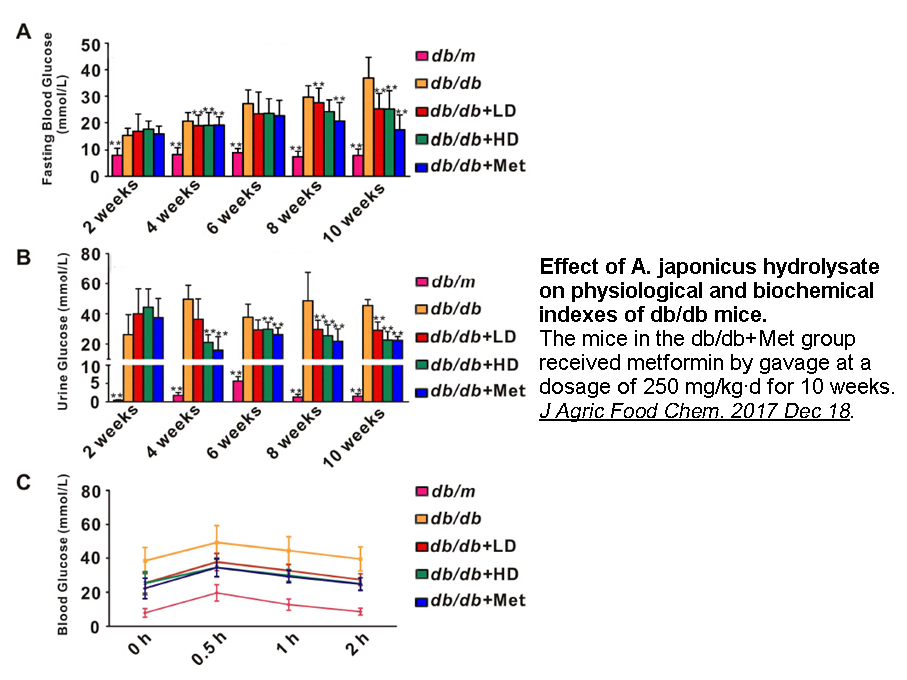
The 12/15-lipoxygenase pathway in vascular physiology and pathology The mammalian 12- and 15-LOXs have high substrate specificity oxidizing predominantly ω−6 (arachidonic and linoleic acids) but also the ω−3 (docosahexanoic) g 36 [86], [87], [88]. Different LOXs oxidize fatty acids both in the f
15349 records 177/1024 page Previous Next First page 上5页 176177178179180 下5页 Last page